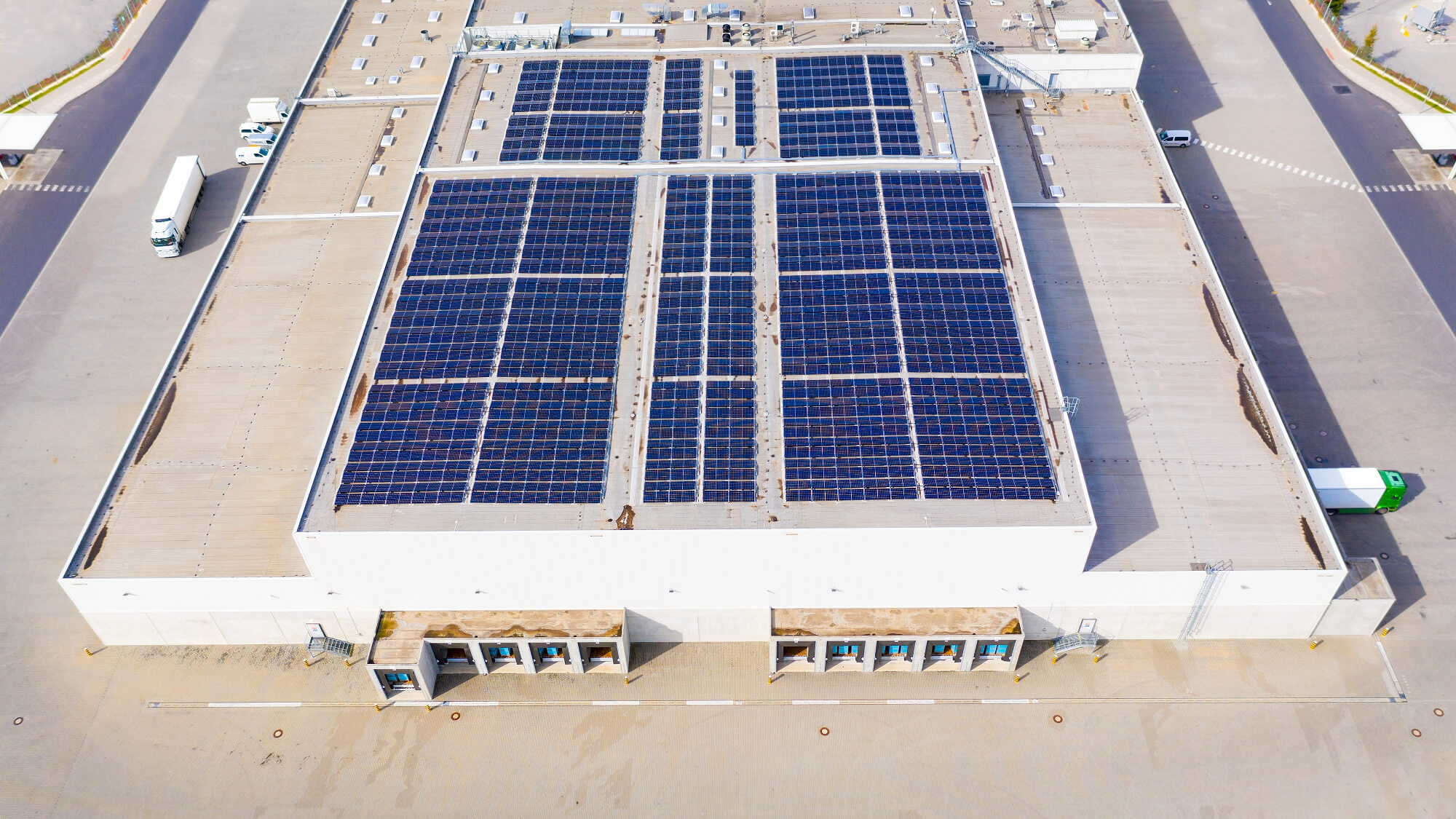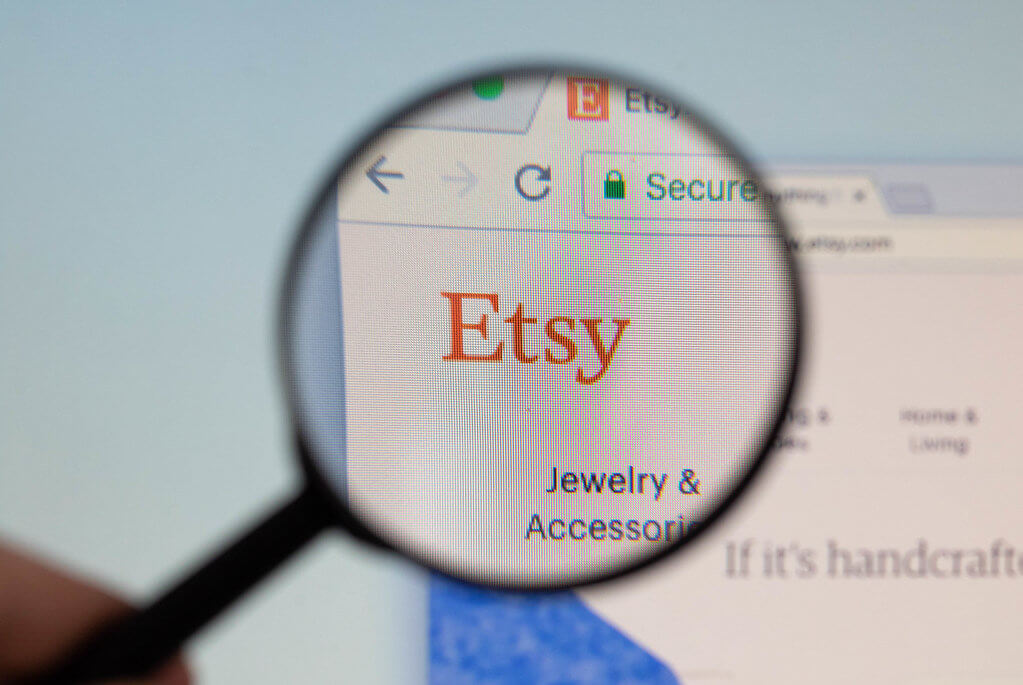Sustainable Ecommerce: Balancing Profit and Planet with Carbon Offset Solutions
Shipped
on
June 14, 2023
In an era where environmental concerns have taken center stage, the need for sustainable practices has permeated every aspect of our lives. From our daily routines to the products we consume, the importance of reducing our carbon footprint has become increasingly apparent. As consumers, we have the power to shape our planet’s future through our choices, and the world of ecommerce is no exception.
Sustainable ecommerce, a concept that blends the convenience of online shopping with environmentally conscious practices, has emerged as a powerful force for change. It goes beyond simply selling products online; it involves a commitment to mitigating the environmental impact of every step in the supply chain, from production to delivery. At its core, sustainable ecommerce aims to strike a delicate balance between profit and the planet, leveraging innovative carbon offset solutions to ensure a more sustainable future.
This article will explore the concept of carbon offsetting and its application in the ecommerce sector. Carbon offsetting is a practice that involves compensating for carbon dioxide emissions by funding projects that reduce greenhouse gases in other areas. By investing in such projects, ecommerce businesses can mitigate their environmental impact and contribute to the global fight against climate change.
The Importance of Sustainable Ecommerce
Sustainable ecommerce refers to the practice of conducting online business operations in a way that minimizes negative environmental impacts, promotes ethical practices, and ensures long-term sustainability. In recent years, there has been a growing recognition of the importance of sustainable business practices, driven by concerns over climate change, resource depletion, and social responsibility.
Ecommerce has experienced exponential growth, and its environmental impact cannot be ignored. The production, packaging, transportation, and disposal of goods purchased online contribute to carbon emissions, deforestation, waste generation, and energy consumption. By embracing sustainable practices, ecommerce businesses can significantly reduce their ecological footprint and positively impact the planet.
Statistics clearly illustrate the impact of ecommerce on the environment. According to a report by the United Nations Conference on Trade and Development (UNCTAD), global ecommerce shipping and return of products accounted for 37% of the total GHG emissions. This figure is projected to rise by another 6 million tonnes of CO2 emissions by 2030. These alarming numbers highlight the urgent need for sustainable solutions in the ecommerce industry.
Balancing Profit and Planet: The Challenge
A significant challenge for ecommerce businesses is striking a balance between growth and environmental sustainability. Many companies face pressure to meet consumer demands quickly and efficiently, often resulting in expedited shipping, excessive packaging, and high energy consumption. However, there are inspiring case studies of businesses that have successfully managed this balance.
Patagonia, a renowned outdoor clothing company, has pioneered sustainable ecommerce. With the goal of carbon neutrality by 2025, they promote repair and reuse, encourage customers to buy only what they need, and provide transparency about their supply chain. By aligning its business practices with its environmental values, Patagonia has built a loyal customer base and achieved impressive financial success.
Understanding Carbon Offsets
To tackle the carbon emissions associated with ecommerce, businesses can turn to carbon offset solutions. Carbon offsets are measures taken to compensate for greenhouse gas emissions by investing in projects that reduce or even remove co2 from the atmosphere. The goal is to achieve carbon neutrality, where a company’s net carbon emissions are effectively reduced to zero.

Carbon offsetting works by financing projects that reduce emissions or sequester carbon. These projects can include reforestation efforts, renewable energy installations, or initiatives that improve energy efficiency. Ecommerce businesses can offset their carbon footprint by investing in such projects and contributing to global emission reduction efforts.
The Role of Carbon Offset Solutions in Ecommerce
Carbon offset solutions offer numerous benefits to ecommerce businesses. They provide a tangible way to mitigate the environmental impact of online operations. By investing in carbon offsets, businesses can take responsibility for their emissions and contribute to the preservation of the environment.
Carbon offset solutions can enhance a company’s reputation and brand image. In an era where consumers are increasingly conscious of their purchasing decisions, aligning with sustainable practices can attract environmentally-minded customers and foster loyalty.
Furthermore, carbon offsetting can also lead to cost savings in the long run. By implementing energy-efficient practices and investing in renewable energy projects, businesses can reduce operational expenses and mitigate the risks associated with rising energy costs.
How to Implement Carbon Offset Solutions in Your Ecommerce Business

Implementing carbon offset solutions in your ecommerce business is a step towards sustainability and responsible business practices. Here is a step-by-step guide to help you get started:
- Measure your carbon footprint: Assess the emissions associated with your business operations, including transportation, packaging, and energy consumption. This will provide a baseline for your carbon offsetting efforts.
- Set reduction targets: Identify areas where you can reduce emissions through improved efficiency and sustainable practices. Implement measures such as optimizing packaging, adopting eco-friendly transportation options, and minimizing energy consumption.
- Calculate your offset requirements: Determine the number of carbon offsets needed to neutralize your remaining emissions after implementing reduction measures.
- Reduce Scope 3 CO2 emissions: To lower Scope 3 emissions and enhance supply chain effectiveness, ecommerce enterprises should assess and analyze their supply chain. This will help them identify the main sources of emissions, pinpoint the origin of goods, and assess their transportation methods.
Communicate your efforts: Transparently communicate your commitment to carbon neutrality and share your carbon offset initiatives with customers, employees, and stakeholders. This will help raise awareness and inspire others to take action.
Etsy: One Ecommerce Business Using Carbon Offset Solutions
Etsy, the renowned global marketplace for unique and creative goods, is strongly committed to using business as a force for good, empowering people, and strengthening communities. However, they face distinct challenges in managing their carbon impacts and promoting responsible resource usage, connecting millions of buyers and sellers worldwide.

One of the key challenges for Etsy is the significant carbon impact resulting from shipping items sold on their platform. In 2018, a staggering 98% of Etsy’s carbon footprint was attributed to these shipped items. Although this falls under scope 3 emissions and is beyond Etsy’s direct control, the company recognized its responsibility to take immediate action on behalf of its active community.
To address this challenge, Etsy partnered with 3Degrees to implement a program to mitigate the carbon impact of shipping. Their objective extended beyond Etsy’s impact, seeking to catalyze industry-wide change. In addition, Etsy identified various strategies to drive long-term carbon reduction, including policy advocacy, vendor negotiation, and collaboration with peers.
The program designed by 3Degrees for Etsy focuses on two essential aspects: environmental integrity and impactful projects to address greenhouse gas (GHG) emissions. Environmental integrity ensures that carbon offsets sold by 3Degrees meet rigorous standards. These projects are registered under internationally recognized standards, such as the American Carbon Registry (ACR), Climate Action Reserve (CAR), Gold Standard, and Verified Carbon Standard (VCS). They undergo independent verification to ensure additionaly and accurate quantification of emission reductions.
Through its sustainable initiatives and strategic partnerships, Etsy demonstrates its commitment to balancing commerce with environmental responsibility and making a positive difference in the world. By taking action on its carbon impact, Etsy is leading the way toward a more sustainable future for ecommerce and inspiring others to follow suit.
Future of Sustainable Ecommerce with Carbon Offset Solutions
The widespread use of carbon offset solutions can potentially revolutionize the ecommerce industry. As consumer awareness and demand for sustainable practices increase, businesses prioritizing environmental responsibility will be better positioned for long-term success.
Forecasting trends in sustainable ecommerce, we expect to see more businesses integrating carbon offsetting into their core strategies. Ecommerce platforms may introduce features that enable businesses to transparently showcase their sustainability efforts to customers, fostering trust and loyalty.
Conclusion
In conclusion, sustainable ecommerce is crucial for balancing profitability and planetary well-being. The ecommerce industry’s rapid growth has led to significant environmental challenges, emphasizing the need for sustainable practices. Carbon offset solutions provide a viable means for ecommerce businesses to mitigate their carbon footprint and contribute to global emission reduction efforts.
For questions or input on an open discussion about sustainable ecommerce, comment with your thoughts! Share this post to discuss how profitable businesses can support environmental sustainability.
